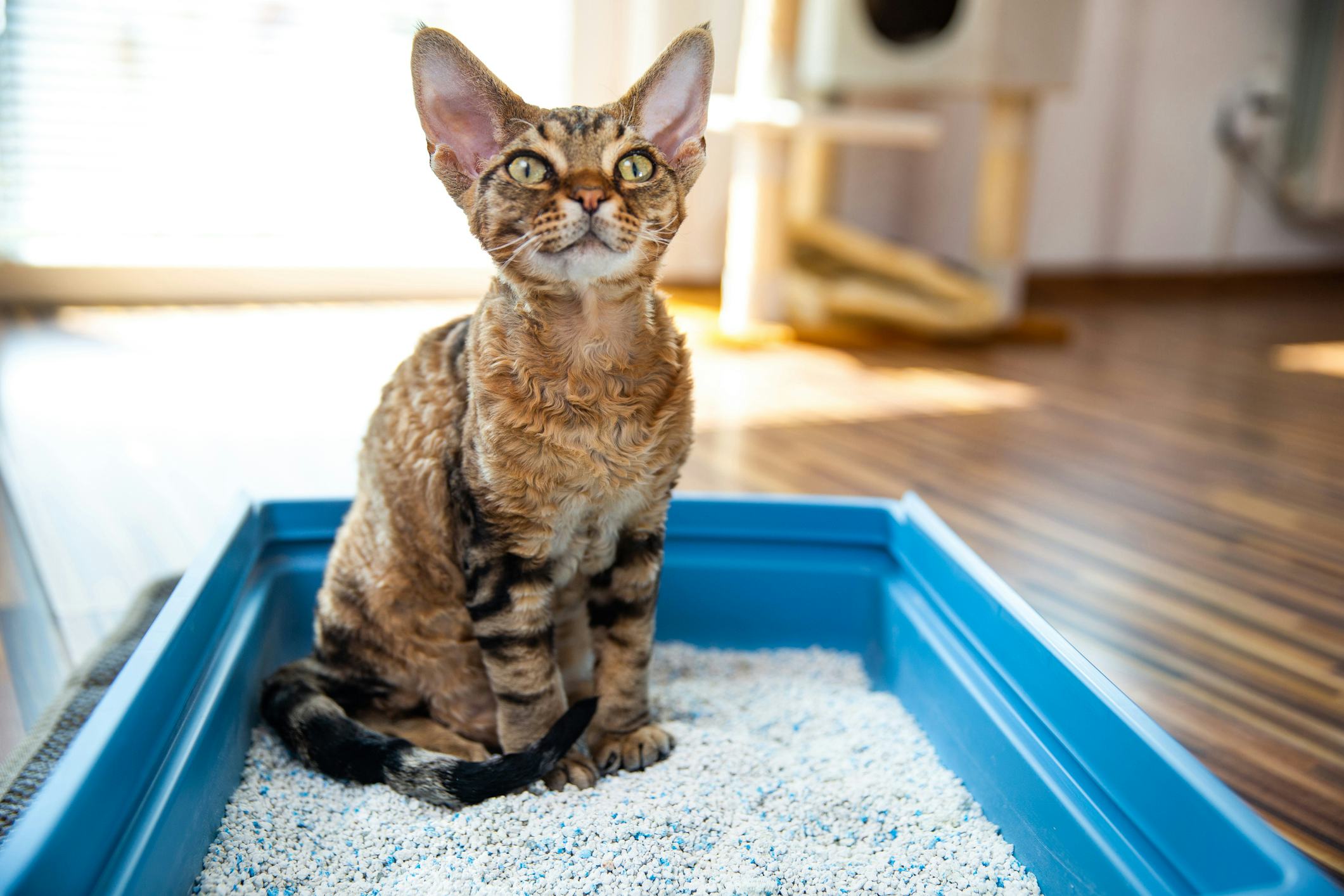Hazards of Flushing Cat Poop Down Your Toilet - Prevent Potential Issues
Hazards of Flushing Cat Poop Down Your Toilet - Prevent Potential Issues
Blog Article
Just about everyone will have his or her own rationale in relation to Don’t flush cat feces down the toilet.

Intro
As cat owners, it's necessary to be mindful of how we throw away our feline buddies' waste. While it may seem practical to flush feline poop down the bathroom, this method can have damaging effects for both the atmosphere and human wellness.
Ecological Impact
Purging pet cat poop presents unsafe virus and bloodsuckers right into the water system, positioning a considerable danger to water ecosystems. These contaminants can adversely influence marine life and compromise water high quality.
Health Risks
In addition to environmental concerns, flushing pet cat waste can likewise present health and wellness threats to people. Feline feces may contain Toxoplasma gondii, a parasite that can trigger toxoplasmosis-- a possibly extreme illness, especially for pregnant women and people with damaged body immune systems.
Alternatives to Flushing
Thankfully, there are safer and more responsible means to throw away feline poop. Consider the adhering to choices:
1. Scoop and Dispose in Trash
The most typical technique of getting rid of cat poop is to scoop it right into a naturally degradable bag and throw it in the garbage. Make sure to utilize a committed trash inside story and take care of the waste promptly.
2. Usage Biodegradable Litter
Select biodegradable feline litter made from products such as corn or wheat. These litters are environmentally friendly and can be securely taken care of in the garbage.
3. Bury in the Yard
If you have a lawn, consider hiding cat waste in a marked area far from vegetable yards and water sources. Be sure to dig deep sufficient to stop contamination of groundwater.
4. Set Up a Pet Waste Disposal System
Invest in a family pet waste disposal system especially designed for feline waste. These systems make use of enzymes to break down the waste, decreasing smell and environmental influence.
Conclusion
Accountable pet ownership expands beyond supplying food and sanctuary-- it also includes correct waste management. By avoiding purging cat poop down the bathroom and going with alternative disposal techniques, we can minimize our ecological footprint and protect human health.
Why Can’t I Flush Cat Poop?
It Spreads a Parasite
Cats are frequently infected with a parasite called toxoplasma gondii. The parasite causes an infection called toxoplasmosis. It is usually harmless to cats. The parasite only uses cat poop as a host for its eggs. Otherwise, the cat’s immune system usually keeps the infection at low enough levels to maintain its own health. But it does not stop the develop of eggs. These eggs are tiny and surprisingly tough. They may survive for a year before they begin to grow. But that’s the problem.
Our wastewater system is not designed to deal with toxoplasmosis eggs. Instead, most eggs will flush from your toilet into sewers and wastewater management plants. After the sewage is treated for many other harmful things in it, it is typically released into local rivers, lakes, or oceans. Here, the toxoplasmosis eggs can find new hosts, including starfish, crabs, otters, and many other wildlife. For many, this is a significant risk to their health. Toxoplasmosis can also end up infecting water sources that are important for agriculture, which means our deer, pigs, and sheep can get infected too.
Is There Risk to Humans?
There can be a risk to human life from flushing cat poop down the toilet. If you do so, the parasites from your cat’s poop can end up in shellfish, game animals, or livestock. If this meat is then served raw or undercooked, the people who eat it can get sick.
In fact, according to the CDC, 40 million people in the United States are infected with toxoplasma gondii. They get it from exposure to infected seafood, or from some kind of cat poop contamination, like drinking from a stream that is contaminated or touching anything that has come into contact with cat poop. That includes just cleaning a cat litter box.
Most people who get infected with these parasites will not develop any symptoms. However, for pregnant women or for those with compromised immune systems, the parasite can cause severe health problems.
How to Handle Cat Poop
The best way to handle cat poop is actually to clean the box more often. The eggs that the parasite sheds will not become active until one to five days after the cat poops. That means that if you clean daily, you’re much less likely to come into direct contact with infectious eggs.
That said, always dispose of cat poop in the garbage and not down the toilet. Wash your hands before and after you clean the litter box, and bring the bag of poop right outside to your garbage bins.
https://trenchlesssolutionsusa.com/why-cant-i-flush-cat-poop/

Hopefully you enjoyed reading our article on Don’t flush cat feces down the toilet. Thanks so much for taking the time to read through our blog post. Sharing is caring. Helping others is fun. Many thanks for your time. Visit us again soon.
Click Here Report this page